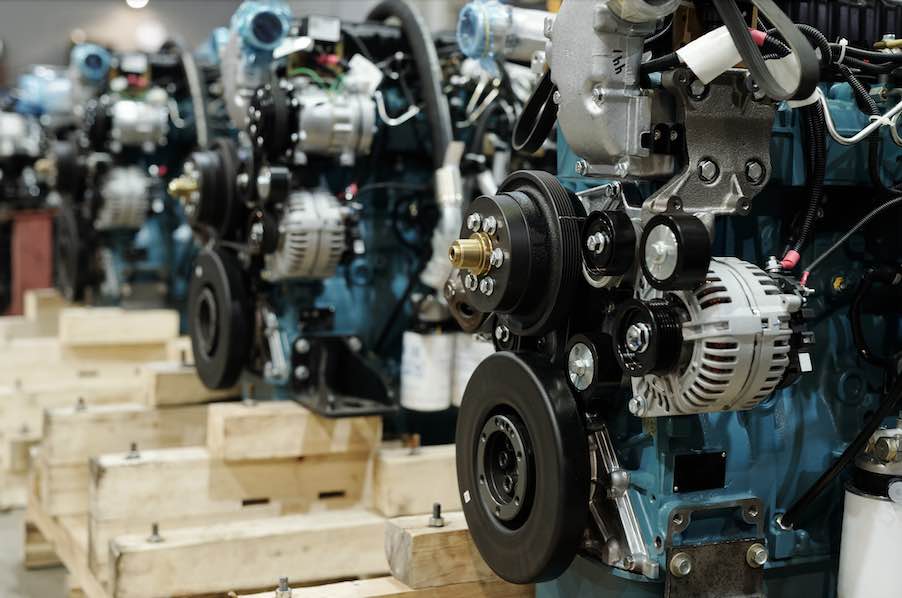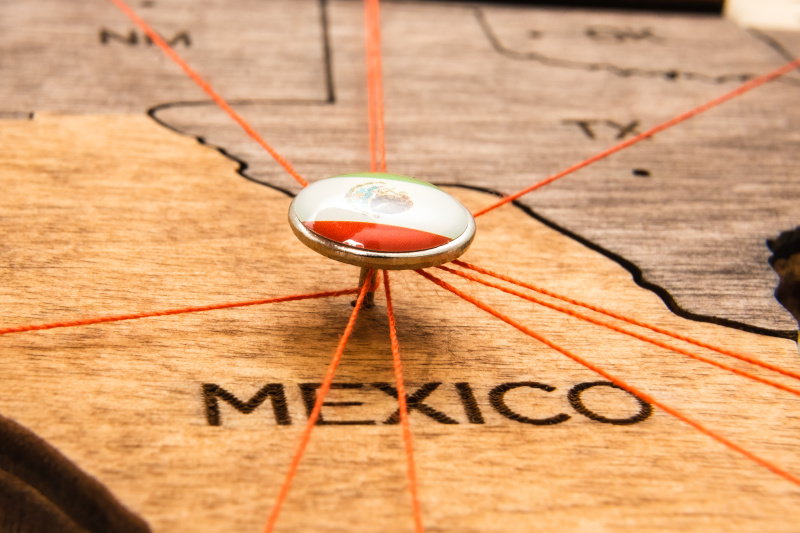Dozens of internal and external factors can contribute to supply chain disruptions. With the slip of a hand, valuable shipments may arrive late or damaged. These disruptions are costly, time consuming, and inconvenient. But it’s entirely possible to prepare yourself to mitigate these disruptions before they even occur. 5 solutions for supply chain disruptions are as follows:
#1 Prevent Packaging Damage:
Preventing packaging damage from occurring allows manufacturers to move forward instead of backwards to fix a mistake. By utilizing protective materials like bubble wrap and double-walled boxes, it’s possible to absorb shock without damaging the contents of your package. The more seamless a shipment, the easier it is to pool your resources towards future shipments.
#2 Customize Packaging Designs:
Custom packaging designs allow clients to optimize cube out logistics, which prevents damage that’s caused by ill-fitting packages. Cube out logistics also allow you to maximize efficiency by optimizing the space that you’re using. Instead of filling a container with standard boxes or packages that are filled with empty space, it’s possible to protect your package by creating designs that fit snugly around an item. This strategy also allows manufacturers to reduce empty space, which makes a package less prone to damage.
#3 Diversify Packaging Type:
Another strategy that may help to prevent packaging damage includes the diversification or packaging types. While many shippers think of cardboard boxes as the go-to shipment material, it’s possible that using pallet totes or steel racks may provide a more protective shipping strategy for some items. For example, pallet totes are commonly used to ship produce because they may prevent rolling during transit. Compared to competitive packaging types, this may provide a more secure and less-damaging environment for specific shipments.
#4 Build Extra Inventory:
Building extra inventory allows manufacturers to absorb potential supply disruptions by creating a cushion. Instead of waiting on extra packaging materials to arrive to complete shipments, you can better prepare yourself to mitigate delays by adding to your inventory.
#5 Develop a Material Backup Plan:
Do you run out of materials often? Is a specific packaging material causing lack of protection or damage to products? Are there some materials that are always high-demand materials? If you answered yes to these questions, chances are that having a backup plan may help you to prevent supply chain disruptions. A backup plan may look like keeping alternative materials on hand for disruptions, or housing materials in multiple locations. Then, if you should run into obstacles, it may be possible to divert your efforts to prevent noticeable delays.
For more information on how PCD can help you overcome supply chain disruptions, contact us!





